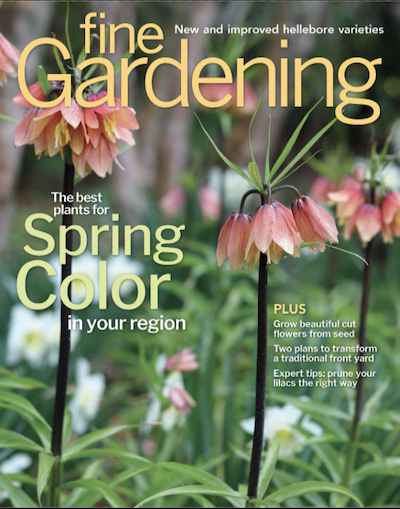Dr. Andy Pulte
-
Southeast Regional Reports
Unbeatable Hot and Cool Annual Combos for the Southeast
We are fortunate in the southeastern United States to be able to grow a wide variety of trees, shrubs, and herbaceous perennials in our temperate climate. During our long growing…
-
Southeast Regional Reports
Field Trip to the JC Raulston Arboretum
In my own gardening life, I just missed JC Raulston. His unexpected death in late 1996 happened just as I started to really get serious about plants. The arboretum that…
-
Southeast Regional Reports
Tall, Skinny Conifers for the Southeast
Perhaps you struggle with when it’s appropriate to use an exclamation point at the end of a sentence. However, you don’t need to struggle with when to use one in…
-
Southeast Regional Reports
Buttercup Winter Hazel for the Southeast
A group of shrubs that top my underused-shrub list are winter hazels (Corylopsis spp. and cvs., Zones 5–8). Winter hazel is in the same family as witch hazel (Hamamelis spp.…
-
Southeast Regional Reports
Icy Blue Conifers for the Southeast
Interest in growing conifers in the Southeast continues to be on the rise. Every year we learn more about which species and cultivars grow best in our region. One of…
-
How-To
Proper Pruning for Young Trees
The act of planting a deciduous tree, particularly one you know will get quite large, comes with thoughts of the size and grandeur it will achieve over time. Knowing what…
-
Southeast Regional Reports
Plant These Only in Spring in the Southeast
“Fall is for planting” is a mantra many gardeners know. Fall planting of hardy trees and shrubs is typically easier on the plants and on the gardener in the Southeast.…
-
Southeast Regional Reports
The Best Tomatoes for the Southeast
Many people’s first foray into gardening begins with a tomato. But not everyone is successful on their first go-around. The southeastern United States brings with it its own unique challenges…
-
Southeast Regional Reports
Barklice on Southeastern Shrubs and Trees
You’ve heard of getting head lice, but did you know your trees can get barklice? For me, anything with the word lice in the name sure sounds like bad news.…
-
Southeast Regional Reports
A Dogwood Quartet for the Southeast
For many of us in the southeastern United States, dogwoods (Cornus spp. and cvs., Zones 3–9) are what initially come to mind when we think about spring-flowering trees. That is…
















